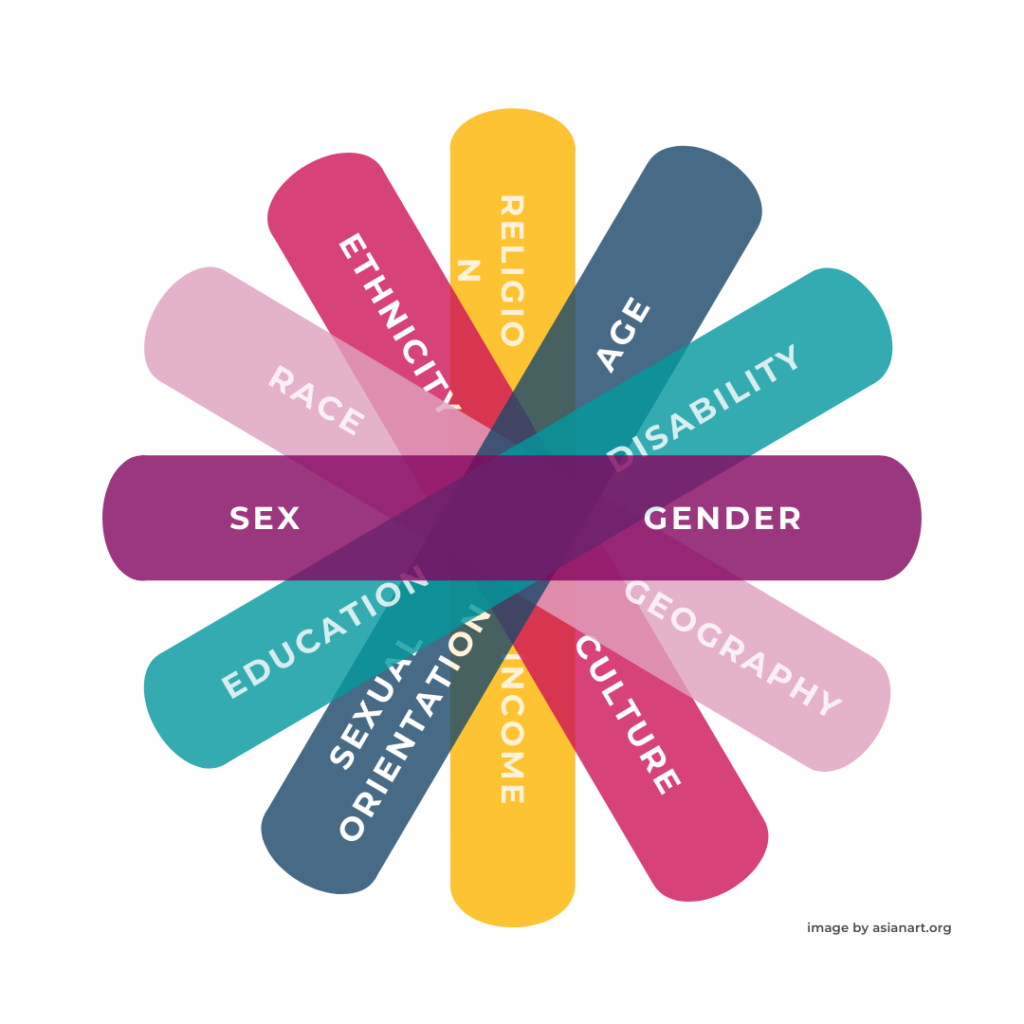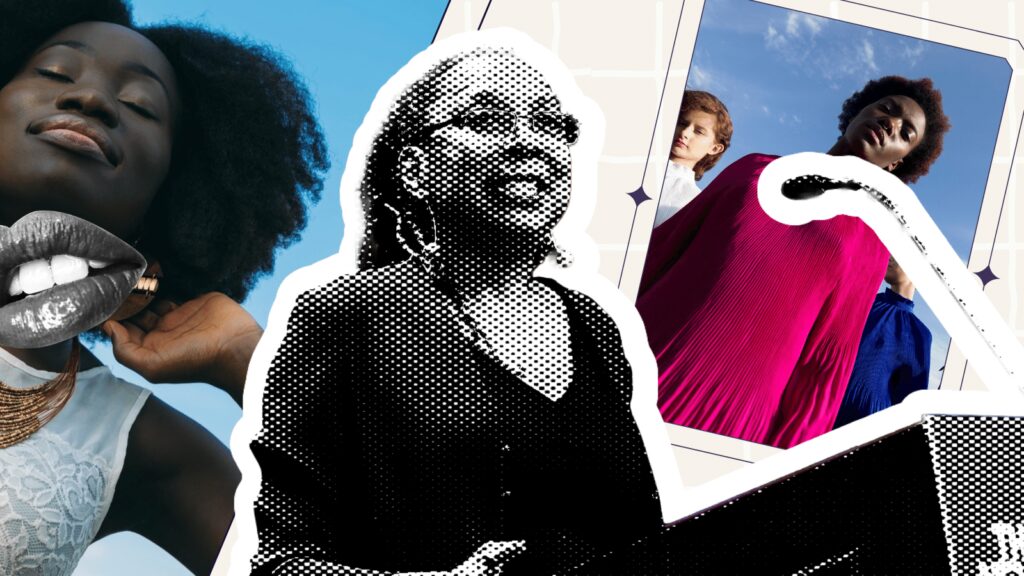Intersectionality is a big topic. And, it can seem overwhelming at first. Luckily, this short explanation will help you understand the basics.
In 1989, Kimberle Crenshaw, a law professor at Columbia and UCLA, pointed the term “intersectionality”. Crenshaw had given a name to a phenomenon that had existed for a long Time. After 30 years, this is concept can’t be more relevant and urgently needed for our stage of the world.
RELEVANT SUSTAINABLE GOALS


HISTORY OF INTERSECTIONALITY
In 1989, Kimberle Crenshaw invented the term intersectionality, a theory about the many overlapping identities that make people who they are. The legal scholar coined this term to describe how African American women experience discrimination differently from white women and African American men. Crenshaw noticed that neither black nor white men, for example had to face down stereotypes of both being male and being black, as black women did. In other words, black women endure both gender discrimination and racial discrimination. Over the last 30 years, scholars, educators and activists have expanded the use of the word intersectionality.

DEFINITION OF INTERSECTIONALITY
Overall, intersectionality refers to the reality that we all have multiple identities that intersect to make us who we are. Life isn’t the same for everyone—even for people who share identity characteristics. Intersectionality is about recognising that identities overlap and that for some individuals, oppression comes from many sides.
While the definition of intersectionality has been clearly defined, Kimberle Crenshaw, on her interview with Time Magazine has said :
(intersectionality) is not identity politics in steroid. It is not a mechanism to turn white men into the new pariahs. It is basically a lens, a prism, for seeing the way in which various forms of inequality often operate together and exacerbate each other
Kimberle Crenshaw
In By adopting an intersectional lens, we have a better opportunity to understand why. Intersectionality focuses on how a wide spectrum of biological, social and cultural categories which characterise our identities (such as gender, race, class, ability, sexual orientation, religion, and more) interact on multiple and often simultaneous levels. It recognises that identities overlap and that for some individuals, oppression comes from many sides.
As human beings, we don’t have one-dimensional identities – we’re all a combination of biological, social and cultural categories. We’re living intersections, we’re multi-dimensional. And so are the issues affecting us.
WHY INTERSECTIONALITY matters in Tech World
We live in a world where technology is everywhere, and the days of pure IRL( read : in real life) are over. From how we work, to how we learn and communicate, our lives are deeply connected to big tech platforms. And life is complicated. It’s full of emotions, decisions, and relationships. And tech is involved in almost all of it.
In the past several years, the tech industry seems to have tried to put more effort into promoting and increasing diversity. But are those initiatives actually working?
We need a new way to think about our relationships with tech that embraces the nuance of digital life. We need a new approach to talking about, engaging with, and designing technology in a way that is aligned with our needs as humans, not as users. An intersectional perspective o any issue can help identify who is being left out of the conversation.
So how can we translate the understanding of intersectionality into an action strategy both at an individual and structural level?
At an individual level, we need to recognise that we don’t all experience the world in the same way. As Aisha Tyler eloquently states :
That's intersectionality: Some of us belong to more than one oppressed group. Which means we have higher hurdles and different obstacles to clear. And we do it all without superpowers or capes.
Aisha Tyler
Think of yourself and others. understand our and others’ identity, the culture and society we live in, and the position we all have as part of them. Where do we benefit from the system and where we don’t. We are likely to find out that we qualify for overlapping layers of privilege and oppression – they constitute our own intersections.
Acknowledging and understanding intersectionality means viewing discrimination as a multifaceted phenomenon, and discrimination against any one group as additive, rather than isolated. It also honours our relative strengths and privileges as individuals, by recognising that those who experience multiple layers of discrimination may need specific attention. Take responsibility for our layers of privilege in how we move about the world. As we learn to respectfully get in touch with communities that experience multiple layers of discrimination, learn to be an ally.
While at a structural level, pay attention to the intersections present in the context we’re working on, remembering to apply a dynamic understanding of identity and intersectionality. Each context, community, issue we’ll work with will have its own intersections at play. We should never approach an issue bringing with us assumptions about the intersections we’ll find before having actually studied the reality of the context. We need to let the issues and the individuals affected by them tell us which are the dynamics at stake.
Avoid perpetuating the inequalities we’re working on challenging in the first place, providing resources and access to those who don’t have them – in ways that are not tokenizing.
After all, within the realm of technology – be it as a tool or a policy to sort out an issue emerging in any of the domains constructing our lives – politics, health care, security, labor, property, taxes, education, environment, media – adopting an intersectional perspective is incredibly beneficial.
True inclusion address racism, gender identification, ageism, and many more categories and combinations of marginalisation. Talking about diversity without addressing marginalisation and discrimination is not true inclusivity. Technology should not only reflect the complexity of issues, but the complexity of people’s lives.
This is not about myself. This is not about yourselves. This is not even about ourselves.
This is about everyone.


